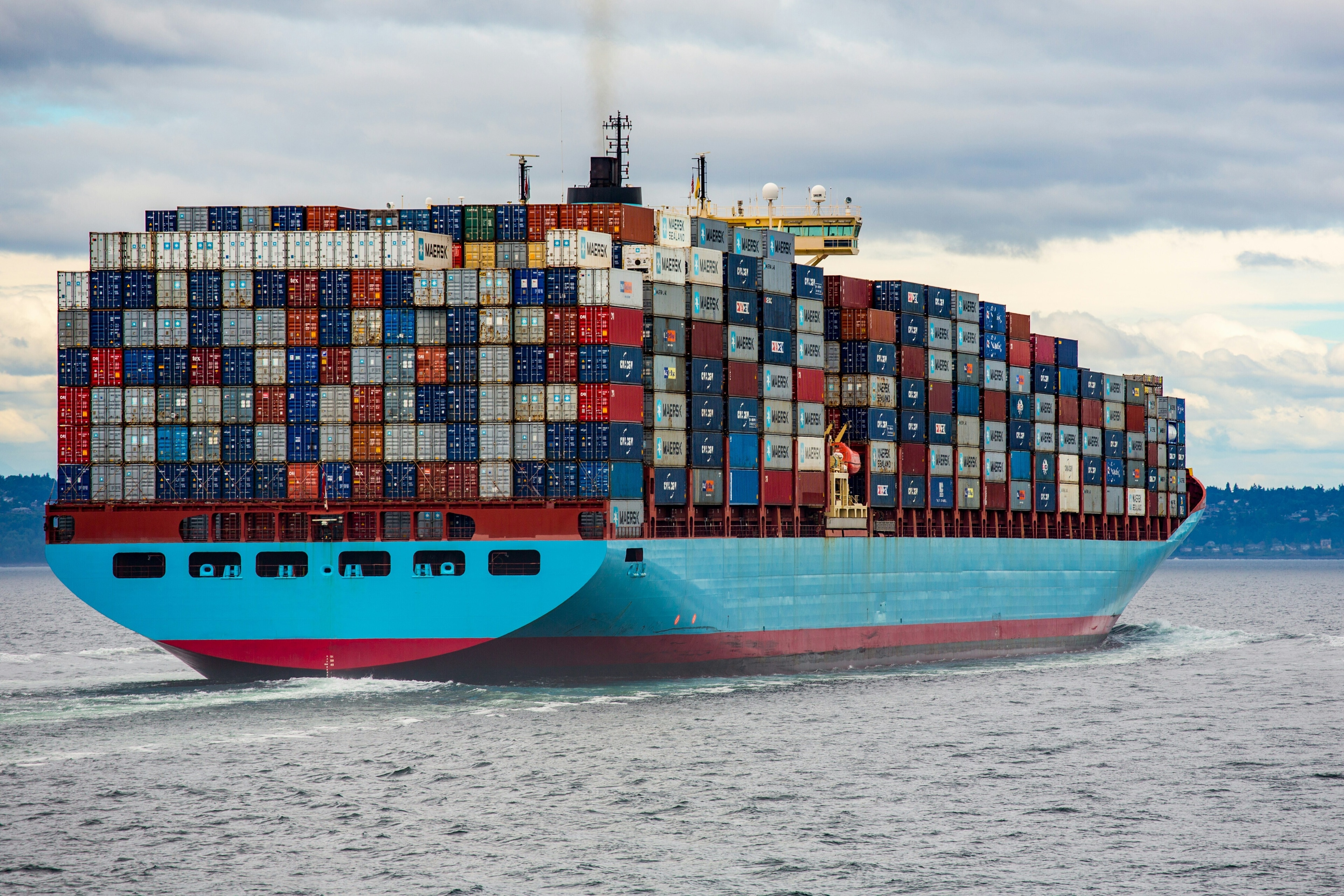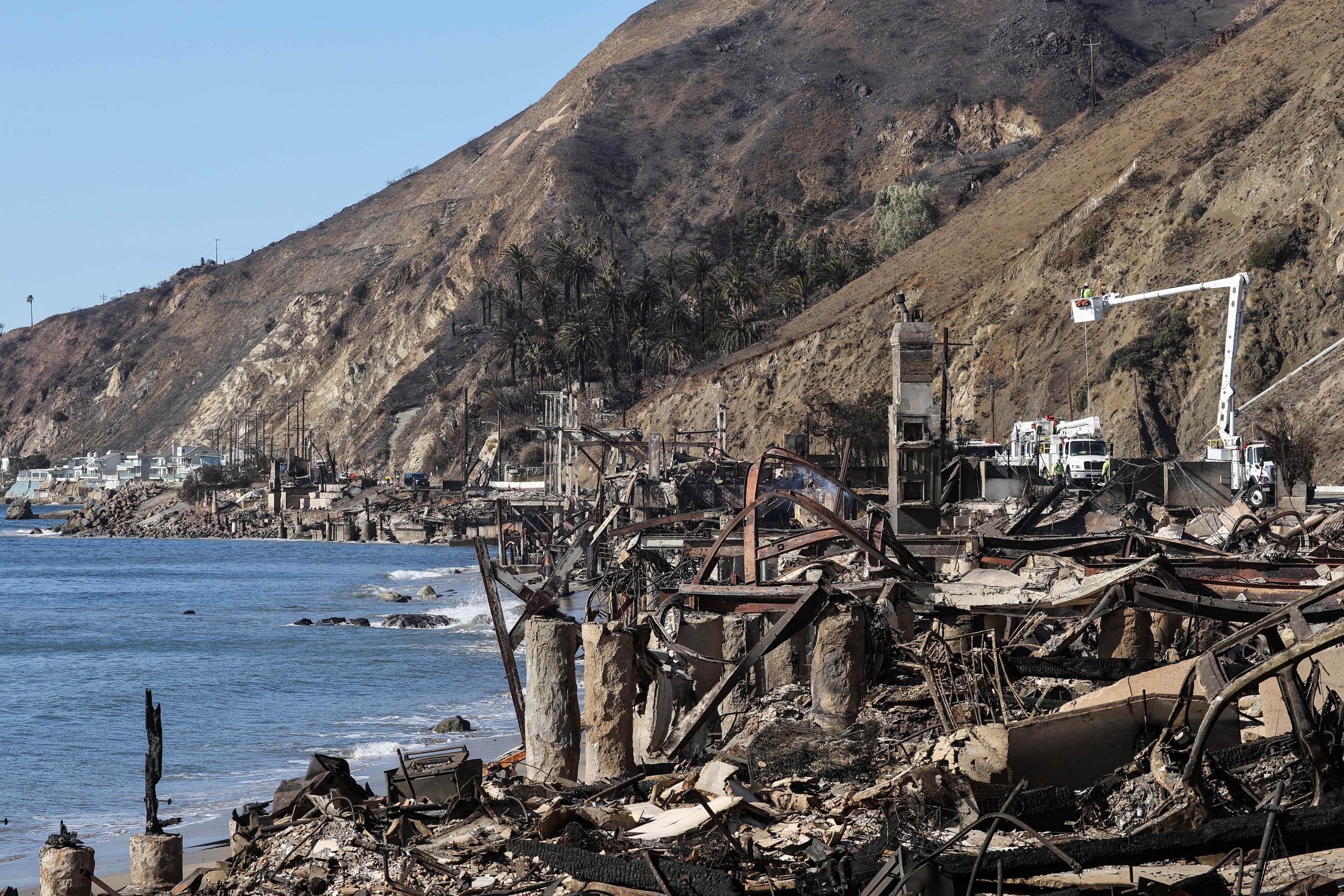Could the fourth wave of globalization help to end epidemics?

Globalization is providing technology to accelerate the rate we acquire scientific knowledge.
Image: REUTERS/Denis Balibouse
Stay up to date:
Global Health
The pros and cons of globalization have long been a favourite topic of debate among the political classes. Is globalization a beneficial force powering economic growth and allowing new ideas and concepts to spread and improve the lives of billions of people? Or is it something malign – a development that erodes communities while opening a chasm of inequality between the elites and the rest of the world?
This is the usual framework of the conversation. Yet behind the increasing connectedness of our world lies another often unforeseen threat – the next epidemic. New infectious diseases – once limited in their impact by the isolation of the populations where they are most likely to emerge – now have nearly immediate access to trade and transportation networks in which few, if any, parts of the globe are more than 24 hours apart.
In the prehistoric period, most populations were too small to maintain chains of infection for highly contagious diseases. The diseases would simply burn themselves out. Epidemics might occur but pandemics only became possible after human populations had grown and the structure of society had changed.
The microbes were merely biding their time. As the movement of people accelerated, so too did incidents of epidemics and pandemics – culminating in the Black Death, which is thought to have originated in the steppes of Central Asia and is estimated to have killed between 75 million and 200 million people globally, including 30-60% of Europe’s total population in the 14th Century.
The Age of Exploration – or “globalization” before the concept existed, to use the terms of this year’s World Economic Forum – provided diseases that were endemic in Europe, access to immunologically naïve populations in the New World with explosive effect.
An influenza-like illness devastated indigenous populations in the Antilles shortly after the arrival of Columbus in 1493. Smallpox outbreaks in 16th Century Mexico, carried by the Spanish conquistadors, wiped out half of the populations they affected.
The onslaught of disease was relentless and continued for two centuries. William McNeill, in his seminal study Plagues and Peoples, said estimates that indigenous populations were 20-25 times larger before the arrival of Columbus, seemed “more or less correct, despite wide local variations”.
Our knowledge of how diseases spread is much improved today, as is our ability to treat and contain them. Unfortunately, bacteria and viruses evolve rapidly and are opportunistic.
Today we see ever more pathogens emerge as urban centres grow and humans penetrate previously remote areas. Interactions with wildlife and increasingly intensive animal husbandry practices offer opportunities for pathogens to jump species boundaries in unexpected ways.
With the second phase of globalization, which began in the 1950s, came increased air travel and movement of people. That continues unabated today, as we transition from Globalization 3.0 (the digital revolution) to 4.0 (the fusion of digital and physical worlds), and heightens the risk that these diseases will have a greater impact on humanity.

The most frightening diseases in the world now emerge almost annually. In May and June of 2018, outbreaks of six of the 10 diseases on the World Health Organization’s priority pathogens list were recorded.
These “known pathogens” cast a shadow on individuals, families, communities, and nations. But we also need to guard against the threat of the unknown, Disease X: the new, previously unknown pathogen with the potential to spread across the globe in the same way as Spanish Flu in 1918.
There is no telling where Disease X will arise or how it will spread. The diversity of the new diseases we have faced in the past 40 years – HIV, Ebola, Nipah, SARS, MERS, among many, many others – should give us pause. We cannot predict in advance the biology of Disease X or how virulent it will be. But we need to be ready for it.
If previous waves of globalization helped fan the fire of epidemics, the current wave, which is linked to the Fourth Industrial Revolution, at least provides powerful new tools to fight the epidemics of our future.
Globalization 4.0 is giving us the technology and the processing capacity to accelerate the rate at which we can acquire scientific and biological knowledge. It is increasing our understanding of pathogens and the building blocks that make up the diseases we are trying to fight.
New modes of extended and large-scale collaboration are facilitated by such advances. By sharing datasets, combining expertise, coupling the strength of the public and private sectors, collaborating on new technologies, and partnering on innovative solutions, we can harness the benefits of Globalization 4.0 to devise new methods to tackle the epidemics of the future.
CEPI, the Coalition for Epidemic Preparedness Innovations, was established to address the global threat of epidemics through collective action. We are a new organization but we are already funding work to develop vaccines for Lassa Fever, MERS, Nipah, and other diseases. We are also making substantial investments in vaccine manufacturing platforms that have the potential to significantly accelerate vaccine development. We are building a network of global partnerships that will serve us well if and when we are called upon to respond to Disease X.
In today’s multi-polar world, governments, multilateral institutions, non-governmental organizations, academia and the private sector must work together to prepare for the global threat of pandemics with a scale and urgency apposite to the danger we face.
Estimates of the potential costs of a pandemic are staggering: a 2016 study by the US National Bureau of Economic Research calculates that the expected annual impact of a severe pandemic exceeds 700,000 deaths per year, at a cost of around $500 billion. We desperately need to boost our defences across the board: in R&D, in health systems, in surveillance, and in emergency response.
We need to invest in epidemic preparedness now, because if we wait until Disease X strikes, it will be too late.
Don't miss any update on this topic
Create a free account and access your personalized content collection with our latest publications and analyses.
License and Republishing
World Economic Forum articles may be republished in accordance with the Creative Commons Attribution-NonCommercial-NoDerivatives 4.0 International Public License, and in accordance with our Terms of Use.
The views expressed in this article are those of the author alone and not the World Economic Forum.
Related topics:
Forum Stories newsletter
Bringing you weekly curated insights and analysis on the global issues that matter.
More on Global RisksSee all
Nagendra Bandaru
September 8, 2025
Emily Bayley
August 28, 2025
Ekhosuehi Iyahen, Daniel Murphy and Andre Belelieu
August 27, 2025
Lim Chow-Kiat
August 21, 2025
Maha Hosain Aziz
August 20, 2025






